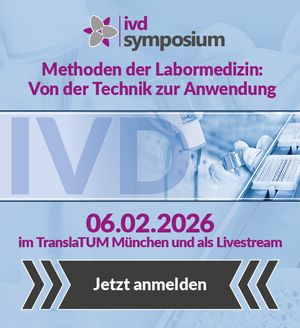Um auf diese Seiteninhalte* zugreifen zu können, benötigen Sie einen kostenlosen MyTrillium Zugang. Bitte melden Sie sich mit Ihren MyTrillium Zugangsdaten an bzw. registrieren Sie sich kostenlos.
*Einige Inhalte sind aufgrund gesetzlicher Bestimmungen nach dem Heilmittelwerbegesetz (HWG) medizinischen Fachkreisen vorbehalten.



